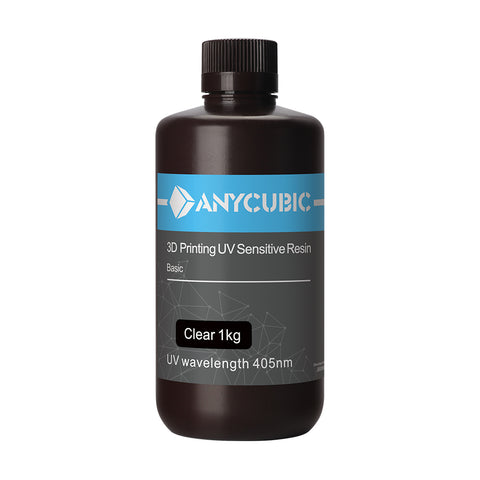- Manufactured In-House By Josef Prusa
- Premium-Grade Materials And Thorough Testing
- ± 0.02 Mm Manufacturing Guaranteed Precision
- High Quality You Can Check Yourself
- Recommended Setup: Nozzle 215 °C / Heated Bed 50-60 °C
- Before printing, make sure the surface of heated bed is clean
PLA melts at a relatively low temperature of about 175 degrees Celsius. Unlike so-called thermoset materials, PLA can be heated past its melting point multiple times with very little degradation. It’s a hard material, but that also means it’s somewhat brittle, and once it breaks, it likes to shatter. Only this material is proven for 50 microns layer height.
However, PLA is not a perfect material and, just like every other plastic, has some disadvantages. The low melting temperature also means low-temperature resistance. Parts start to lose mechanical strength at temperatures over 60 °C.
The combination of being both biodegradable and having low-temperature resistance means that it’s not ideal for outdoor use, not to mention low UV-resistance. Also, PLA is only soluble in chemicals like chloroform or hot benzene. So when connecting multiple pieces, you’re better off using just glue.
Even though PLA is biodegradable, and the material on its own is food safe, we do not suggest to repeatedly drink or eat from your 3D prints. Because of the small fractures on the print surface, bacteria can build up in there over time. You can prevent this by applying a food-safe coating. When post-processing PLA, it’s better to use wet sanding. Without water you'll quickly start heating the plastic by friction, it will melt locally and make it hard to keep sanding.
This item is currently restocking. It may take up to 3 weeks to ship.



























